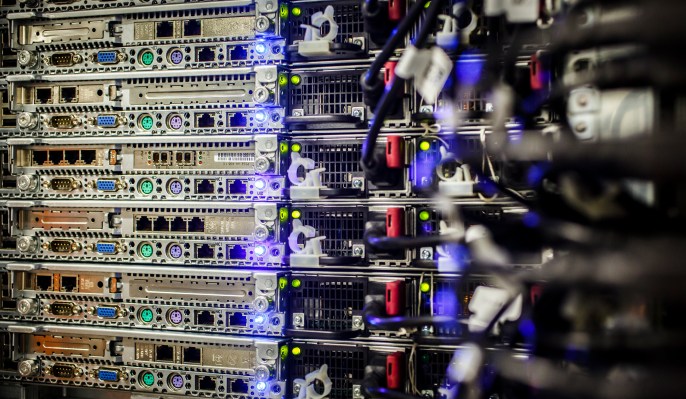Code42, the company behind CrashPlan, just announced that it would stop selling home subscriptions in order to focus on business and education clients. CrashPlan has been a popular cloud backup service for years. Customers have a little bit more than a year to find an alternative.
Chances are you’re already backing up your computer to an external hard drive using Apple’s Time Machine, Windows Backup and Restore or another app. While this is great, it doesn’t really help you if your house burns down.
That’s why many people also rely on an online backup service. Companies like CrashPlan, Backblaze and Carbonite have made this easy. After subscribing, you just have to install a background app and forget about it. These services usually back up your data continuously in the background.
CrashPlan has been one of the leading services in this space, but it turns out that you can make more money by focusing on bigger customers. That’s why Code42 is giving its customers a lot of time to move away from CrashPlan. It can take a while to upload an entire hard drive, after all.
Code42’s enterprise offering helps IT service backup a fleet of computers. It also can be useful to protect your employees against ransomware attacks, spy on them to see if they’re uploading sensitive files to their personal cloud storage and more.
The Wirecutter has already updated its online cloud backup service guide. It now recommends Backblaze instead of CrashPlan. I’ve been using Backblaze and the service works fine. It doesn’t slow down your computer and it offers plenty of options to restore your files.
If you have a good connection, you can download a ZIP file with your selection of files. If you need everything as quickly as possible, the company can send you a USB flash drive or even an external hard drive for an additional fee.
Alternatively, if you feel a bit adventurous, you can install an app like Arq Backup and use an online service, such as Amazon S3, Backblaze B2 or Wasabi, or consumer services, such as Dropbox, Google Drive and Microsoft OneDrive.
Don’t forget that you’re basically sending the content of your hard drive to some random server. You should turn on two-factor authentication to access the online service you’re using and encrypt your backup using a passphrase.
